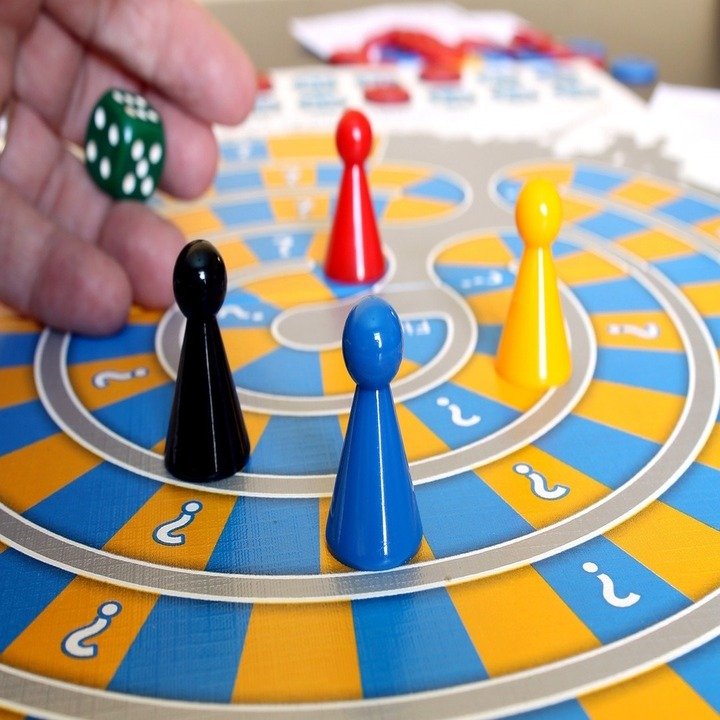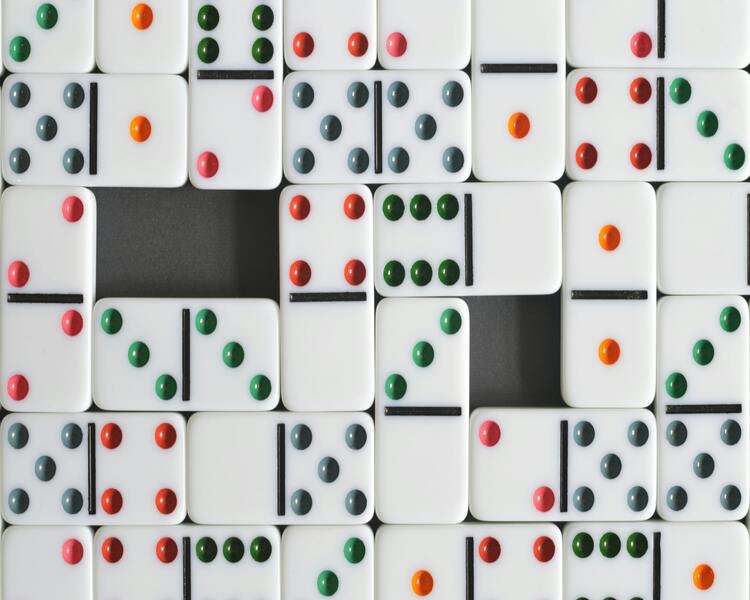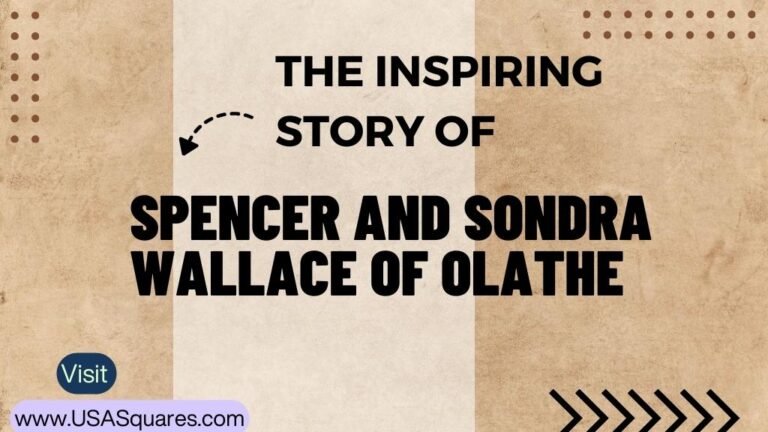
A mock-up of a board game aimed at helping students learn about the glycolysis process.
Glycolysis Board Game Ideas: Engaging Educational Activities for Students
In the world of biochemistry education, Glycolysis Board Game Ideas topics are as fundamental and challenging as glycolysis. This crucial metabolic pathway, responsible for breaking down glucose to produce energy, often proves to be a stumbling block glycolysis board game ideas for students. However, by leveraging creative teaching methods and innovative game design principles, we can transform this complex subject into an engaging and memorable learning experience. In this comprehensive guide, we’ll explore various glycolysis board game ideas, Glycolysis activities, educational activities, and game design principles that can help students master this essential biochemical process.
Understanding Glycolysis: The Foundation for Game Design
Before diving into game design, it’s crucial to understand the basics of glycolysis. This metabolic pathway consists of a series of enzyme-catalyzed reactions that convert glucose into pyruvate, producing ATP (adenosine triphosphate) and NADH (reduced nicotinamide adenine dinucleotide) in the process. The challenge lies in making this intricate sequence of chemical reactions accessible and engaging for students.
Creative Approaches to Teaching Glycolysis
To make glycolysis more engaging and understandable for general readers and students, we can employ several creative approaches:

1. Interactive Card Sorting Activities
One effective method to help students grasp the sequence of glycolysis is through interactive card-sorting activities. This hands-on approach encourages active learning and allows participants visualize the pathway as a logical sequence rather than a mere memorization task.
Implementation Ideas:
- Create a set of cards representing each intermediate in the glycolysis pathway.
- Include additional cards with enzyme names and cofactors.
- Challenge students to arrange the cards in the correct order, deducing the sequence based on the chemical structures and enzyme actions.
- Use color coding or symbols to represent different types of reactions (e.g., phosphorylation, isomerization) to aid visual learners.
2. Board Games and Simulations
Developing a board game that simulates the glycolysis pathway can be an excellent way to engage students and reinforce their understanding of the process. Such games can combine elements of strategy, chance, and knowledge application, making the learning process both fun and effective.
Game Concept:
- Players move through the pathway, encountering different enzymes and substrates.
- Decision points affect the energy yield of the process, simulating real-world biochemical scenarios.
- Incorporate digital elements to visualize molecular changes at each step, similar to virtual simulations used in teaching cellular respiration.
3. Storytelling and Historical Context
Incorporating storytelling elements that highlight the historical discovery of glycolysis can make the subject more relatable and interesting. By framing the pathway within the context of scientific discovery, such as the work of Louis Pasteur and Eduard Buchner, learners can appreciate the process as a narrative of scientific progress.
Storytelling Ideas:
- Create character cards representing key scientists in the discovery of glycolysis.
- Develop a timeline-based game where players advance through the history of glycolysis research.
- Include “discovery” cards that reveal new information about the pathway as players progress.
4. Visual and Digital Tools
Utilizing visual aids like animations and videos can significantly enhance students’ understanding of the glycolysis process and Glycolysis activities. Platforms like Khan Academy offer excellent resources that break down complex processes into understandable segments, which can be particularly effective for visual learners.
Implementation Suggestions:
- Integrate QR codes into board game cards that link to relevant educational videos.
- Create a companion app that provides animated visualizations of each step in the pathway.
- Develop augmented reality (AR) elements that bring molecular structures to life when viewed through a smartphone camera.
5. Gamified Learning Modules
Creating gamified learning modules where learners earn points or rewards for correctly identifying steps in glycolysis or solving related biochemical puzzles can make the learning process more engaging and competitive. This approach encourages deeper interaction with the material and can be easily integrated into both digital and physical game formats.
Gamification Elements:
- Implement a point system for correctly identifying enzymes, substrates, and products.
- Create achievement badges for mastering different aspects of glycolysis (e.g., “Energy Expert” for understanding ATP production).
- Develop leaderboards to foster friendly competition among students.
6. Creative Analogies and Metaphors
Using creative analogies can help demystify the glycolysis process for those unfamiliar with biochemical terminology. For instance, comparing the pathway to a factory assembly line where glucose is the raw material that gets processed into pyruvate, with enzymes acting as workers at each station, can provide a relatable framework for understanding the process.
Analogy-Based Game Ideas:
- Create a “Glycolysis Factory” board game where players manage different stations (enzymes) to process glucose efficiently.
- Develop cards with real-world analogies for each step of glycolysis to help students make connections to familiar concepts.
7. Collaborative Learning Projects
Encouraging group projects where learners create their own educational content about glycolysis, such as videos, infographics, or presentations, can reinforce their understanding and allow them to communicate complex ideas in simpler terms. This approach can be incorporated into game design by having players work together to complete challenges or create content as part of the gameplay.
Collaborative Game Elements:
- Include team-based challenges where players must work together to solve glycolysis-related puzzle.
- Create a “teach-back” mechanism where players earn points by explaining concepts to their teammates.
8. Incorporate Technology and Apps
Utilizing apps and online platforms that offer interactive exercises and quizzes on glycolysis can provide instant feedback and allow learners to track their progress. This makes the learning process more dynamic and personalized.
Tech Integration Ideas:
- Develop a companion app for a physical board game that tracks progress and provides additional challenges.
- Create digital flashcards that adapt to the player’s learning pace and focus on areas needing improvement.
- Implement a virtual reality (VR) component that allows players to “shrink” and navigate through a 3D model of the glycolysis pathway.

Successful Science-Based glycolysis board game ideas for students as Inspiration
To create effective glycolysis board games, we can draw inspiration from existing successful science-based games. Here are some notable examples that have effectively combined educational content with engaging gameplay: (Glycolysis activities).
1. Wingspan
Designed by Elizabeth Hargrave, Wingspan focuses on bird ecology. Players act as bird enthusiasts trying to attract birds to their aviary. The game includes accurate illustrations, diets, and fun facts about 170 different bird species.
Lessons for Glycolysis Game Design:
- Incorporate accurate scientific illustrations of molecules and enzymes.
- Include fun facts about each step of glycolysis to enhance engagement and learning.
- Use a collection mechanic similar to attracting birds, but with collecting enzymes or completing reaction steps.
2. Evolution: Climate
This game allows players to control species and evolve them to adapt to changing climates and compete for resources. It effectively communicates evolutionary principles and the impact of climate on species’ survival.
Adaptation for Glycolysis:
- Create a game where players must adapt their “cellular machinery” to different energy demands or nutrient availability.
- Implement a dynamic environment that changes glucose availability or oxygen levels, affecting the efficiency of glycolysis.
3. Cytosis: A Cell Biology Game
Set inside a human cell, Cytosis has players build enzymes, hormones, and receptors. It is designed to teach molecular biology concepts and is suitable for high school students and adults interested in biology.
Glycolysis Game Ideas Application:
- Focus the game entirely within the cytoplasm where glycolysis occurs.
- Have players collect and assemble the components necessary for each step of glycolysis.
- Include organelles like mitochondria to link glycolysis to further energy production processes.
4. Terraforming Mars
In Terraforming Mars, players take on the role of corporations working to terraform the planet by raising its temperature, oxygen levels, and creating oceans. The game incorporates natural scientific principles related to planetary science and environmental engineering.
Glycolysis Game Concept:
- Players work to “terraform” a cell by optimizing its energy production through glycolysis.
- Include projects or cards that represent different enzymes or cofactors that can enhance glycolysis efficiency.
- Implement a resource management system similar to Terraforming Mars but with ATP, NADH, and glucose as the primary resources.
5. Endangered
Endangered is a cooperative game where players work together to save endangered species by influencing UN ambassadors and managing environmental impacts. It highlights real-world conservation efforts and the importance of collaboration in environmental protection.
Cooperative Glycolysis Game Idea:
- Create a cooperative game where players work together to maintain cellular energy levels through glycolysis.
- Include external factors like hormones or cellular stress that players must collectively manage.
- Implement a voting or influence system similar to Endangered but with players trying to activate or inhibit certain enzymes in the pathway.
6. CO2: Second Chance
This game deals with the global climate crisis, where players represent energy companies racing to build clean energy infrastructure. It combines complex strategy with educational content about climate change and energy policy.
Glycolysis Energy Management Game:
- Players compete to create the most efficient glycolysis pathway in their “cell.”
- Include policy cards that represent different cellular conditions or regulatory mechanisms.
- Implement a scoring system based on energy efficiency and adaptability to changing cellular conditions.
7. Ecosystem
Ecosystem is a card game where players build their ecosystems by strategically placing cards representing different species and habitats. It introduces ecological concepts such as food chains and biodiversity in a simple and accessible format.
Glycolysis Ecosystem Game:
- Create a card-based game where players build their own “metabolic ecosystem” centered around glycolysis.
- Include cards representing enzymes, substrates, products, and regulatory molecules.
- Implement a scoring system based on the efficiency and completeness of the glycolysis pathway created.

Game Design Principles for Effective Learning of Glycolysis Board Game Ideas
When designing educational games for glycolysis, it’s essential to adhere to certain game design principles that enhance both engagement and learning outcomes:
1. Balance Complexity and Accessibility
While glycolysis is a complex process, the game should be accessible to players with varying levels of biochemistry knowledge. Start with simpler concepts and gradually introduce more complex elements as players progress.
2. Provide Clear Feedback and Reinforcement
Ensure that players receive immediate feedback on their actions and decisions. This helps reinforce correct understanding and quickly address misconceptions.
3. Incorporate Multiple Learning Styles
Design game elements that cater to visual, auditory, and kinesthetic learners. This could include visual representations of molecules, narrated explanations, and hands-on manipulation of game pieces.
4. Encourage Critical Thinking
Rather than focusing solely on memorization, design challenges that require players to apply their knowledge of glycolysis to solve problems or make strategic decisions.
5. Foster Collaboration and Discussion
Include elements that encourage players to discuss glycolysis concepts with each other, promoting peer learning and deeper understanding.
6. Ensure Scientific Accuracy
While simplification may be necessary for gameplay, maintain scientific accuracy in the core concepts and relationships presented in the game.
7. Provide Scaffolding and Progressive Difficulty
Structure the game to introduce concepts gradually, building upon previously learned information. This helps players construct a comprehensive understanding of glycolysis over time.
8. Include Replayability and Variability
Design the game with multiple paths to victory or random elements that change each playthrough. This encourages repeated play and reinforces learning through numerous exposures to the material.

Conclusion: Transforming Glycolysis Education Through Gamification
By leveraging creative teaching methods, drawing inspiration from successful science-based games, and adhering to sound game design principles, we can transform the study of glycolysis from a daunting memorization task into an engaging and practical learning experience. These glycolysis board game ideas and educational activities offer a diverse range of approaches to suit different learning styles and preferences.
As educators and game designers collaborate to create these innovative learning tools, students will benefit from a more interactive, enjoyable, and memorable approach to understanding this fundamental biochemical pathway. The future of glycolysis education lies in these creative, hands-on experiences that not only teach the facts but also inspire a deeper appreciation for the intricate processes that power life at the cellular level.
By implementing Glycolysis Board Game Ideas and continually refining our approach based on student feedback and learning outcomes, we can ensure that the next generation of scientists, healthcare professionals, and informed citizens have a solid foundation in this crucial aspect of cellular metabolism. The journey through glycolysis activities need not be a tedious march through chemical formulas but rather an exciting exploration of the molecular machinery that keeps our cells—and indeed, all of life—running.



